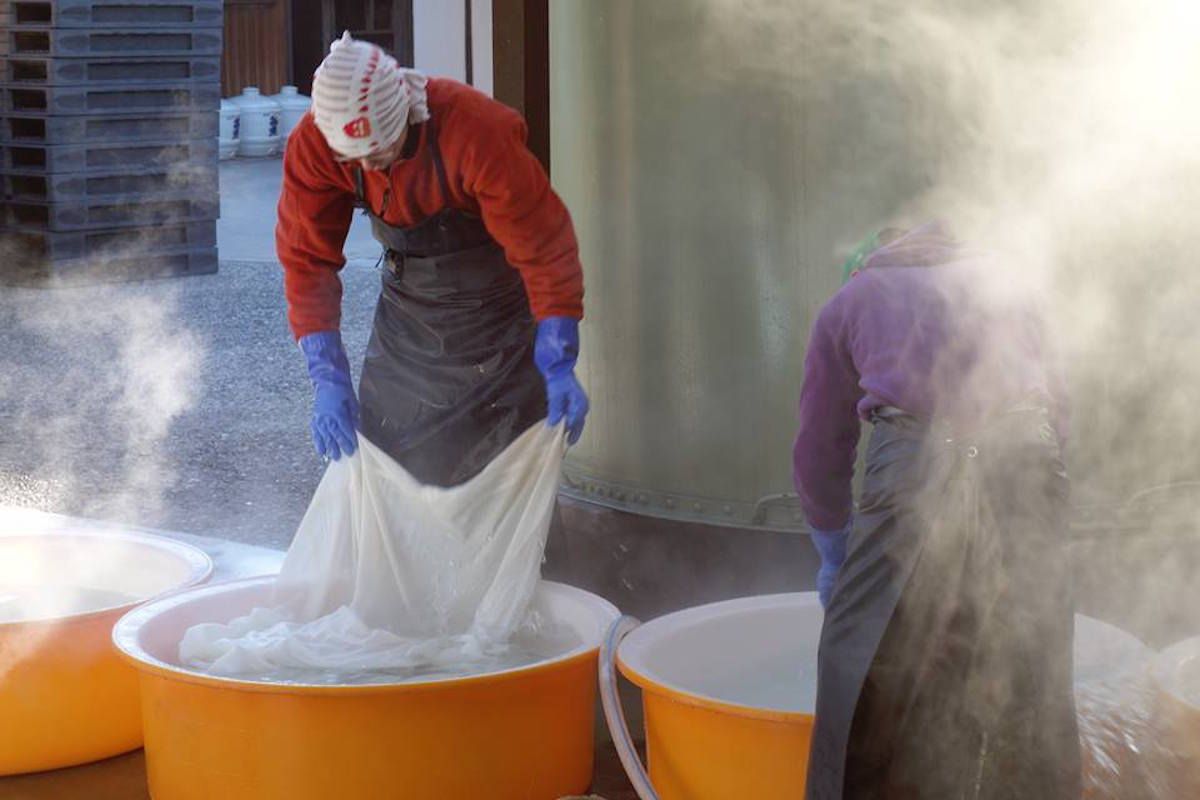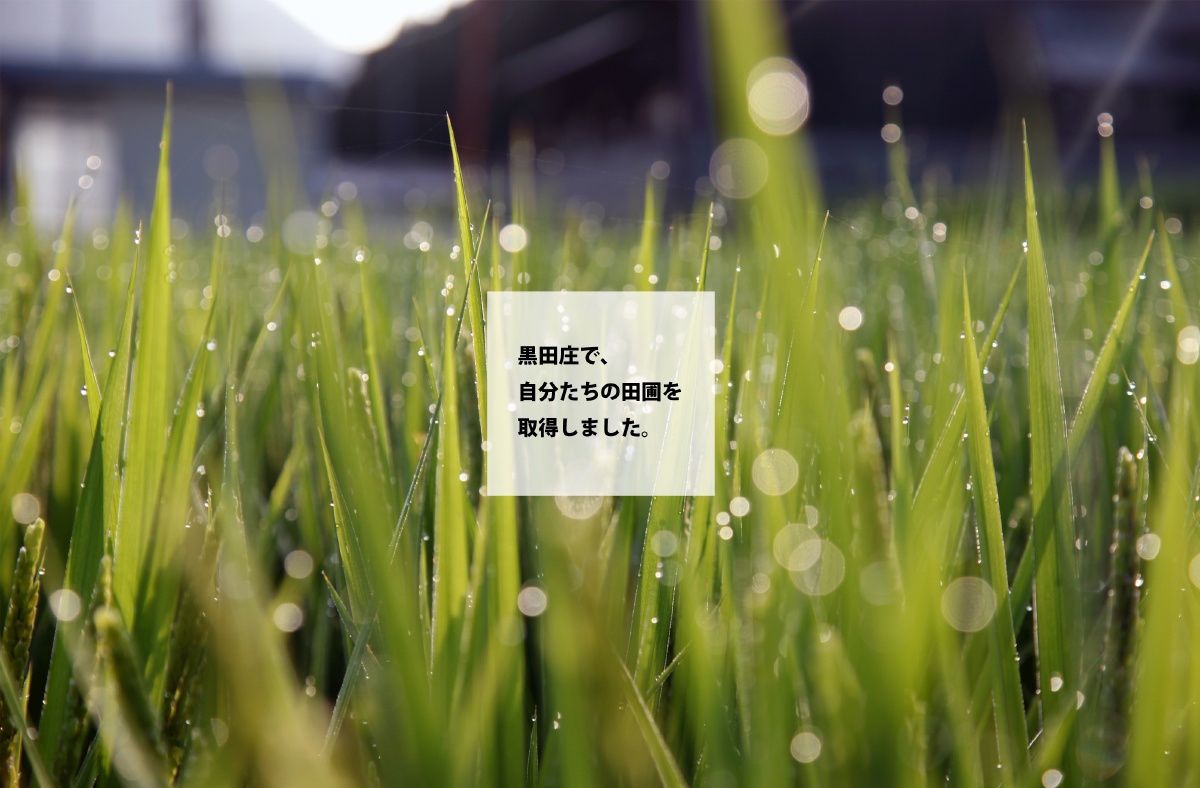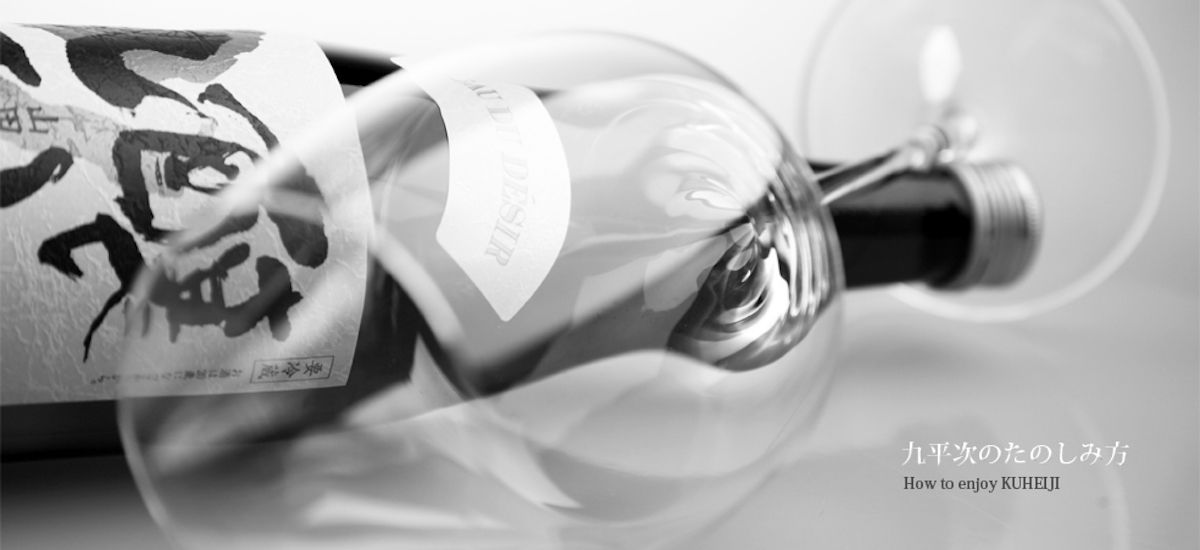Kuheiji is one of the most popular premium-grade sakes in the world. We found their story interesting, and we’d like to share the story of what they have been through and what has made the Kuheiji popular outside of Japan. We touched base with Mr. Kuno, who is the 15 th generation of the Banjou Jouzou where they brew Kuheiji. “Kuheiji” is also the name that has been handed down generation to generation for 300 years.
Banjou Jouzou was established in 1647 in Nagoya city, Aichi. During the time period of the Japanese post-war economic miracle, they were brewing sub-par sake in a mass production process as a vendor for large sake companies in order to brew sake quickly and efficiently. Since 1996, however, they started craft brewing the sake in limited amounts, so that they focus more on the quality. For that reason, they now only make premium sake called the Junmai-Daiginjo.
Commitment

They are strongly committed to 3 points down below:
Beauty
They believe that every single process of making sake is beautiful including the growing and farming of rice, the rice itself, and any other equipments used in the making sake. The beauty of sake is in the entire process.
Dignity
They believe that something authentic is elegant and they want to get there by sake.
Innovation
They think of sake not as a manufactured product or just part of Japanese traditional culture, but rather as something that keeps amusing people timelessly by changing the taste and aroma.
Growing Rice on Their own to Improve the taste of sake

Mr. Kuno wanted to own a rice farm so that he could personally grow good sake rice in order to make the sake better. Finally, he made it happen in 2010 and started growing sake rice called Yamada-Nishiki by cooperating with local rice farmers. He founded the company, Aguri-Kuheiji for the project, and he now owns the 1,000 tsubo (3305 square meters) sized rice farm.
Thanks to not having any experience and knowledge around rice farming, he pursued it with a very fresh mind. He ended up building the brand of the rice, Kuroda-sho ni Umarete, which he originally started for brewing better sake.
Every year, 2 of the employees in Banjou Jouzou are sent to the farm to take care of it – you can check their updates on their Facebook.
Advancing Kuheiji in the Japanese and International Market

Kuheiji is a well known sake brand that is eager to advance into the overseas market like Dassai, another brand that is also considered to be one of the most popular sake brewers in the world, Kuheiji and Dassai are 2 brands usually picked as great case studies.
Kuheiji tried to push themselves into the Parisian market ever since Kuheiji got acknowledged and celebrated in Paris in terms of its subtly crafted and sensitive flavor. They send some of their employees to Paris so that they are in the know of the Parisian scene and to study from French wine makers to inspire them to make better sake; you can see their updates on their progress on their facebook page. Meanwhile, in the local Japanese scene, they host sake tasting events and invite people from Paris to their Japanese brewery. Those efforts have encouraged one of three MICHELIN starred restaurants to start serving Kuheiji in their menus.
Tips for how you can drink it better

Kuheiji contains a pure and elegant sourness. Once you put it into your mouth, the flavor spreads in your mouth like a “blooming flower”, followed by a mixture of tastes supported by the sake’s minerality. The taste will stay in the middle of your mouth for a while and gradually disappear, leaving a lingering elegant aroma. Some describe the nature of taste to include the elements of earth, water, sun and wind.
Majo-Shuzo suggests several things to best enjoy Kuheiji. First off, you should keep Kuheiji at 12 ℃ – try not to make it too cold so that you can enjoy the taste and aroma better, and as it goes lukewarm, you will see the change in the taste. In order to enjoy its aroma, you may want to use a wine glass instead of sake cups.
The most prominent feature of Kuheiji is its sourness, which is the key to matching it with food. Sake goes well with fish better than wine because sake contains a lot of Succinic Acid which is also found in fish oil. “Kuheiji” goes well with dark and oil-rich fish as well as cheese and foie gras rather than light tasting foods like white fish.
Wrap it up!
Personally, I am very impressed with his effort and commitment to sake by seeing it and hearing it from his word despite the fact I didn’t meet him in person yet. The sake industry, unfortunately, has been facing a huge problem in which sake consumption in Japan is getting less and less. Mr. Kuno wants to convince people to rethink that “sake isn’t an outdated Japanese tradition” by brewing sake that suits the discerning tastes of the 21 century.
